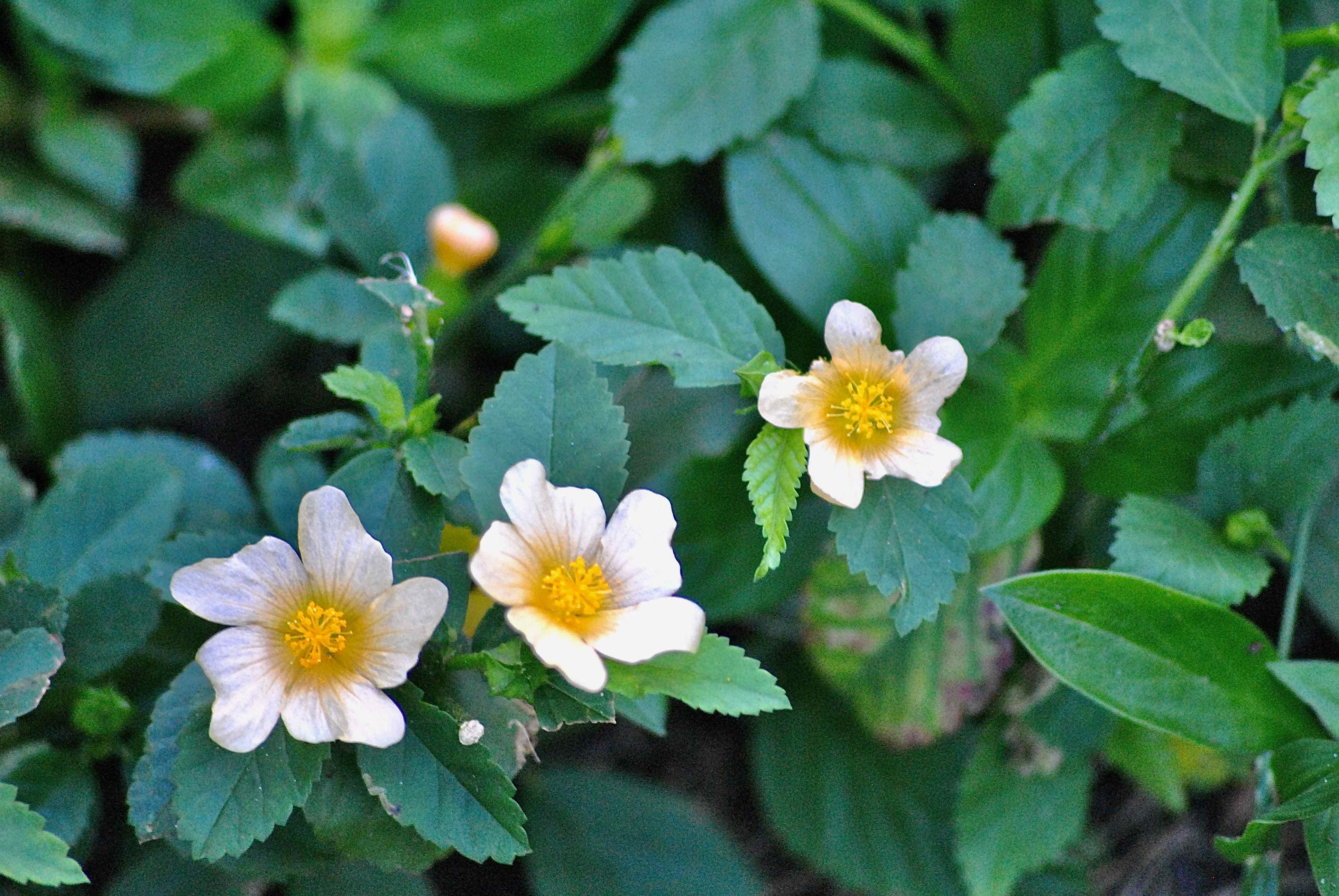- 您的话题内容不能为空。
- 作者帖子
- 28 3 月, 2025 6:59 下午 #611508

Sida acuta, a common plant found in Onitsha, Anambra, Nigeria, and other tropical regions, has a history of traditional use in treating infections and promoting wound healing.
Investigating Sida acuta as a potential antimicrobial and wound healing agent: exploring scientific evidence is crucial for validating these traditional practices and potentially developing new therapeutic applications.
This article will examine the ethnobotanical uses of Sida acuta for infections and wounds in Nigeria and explore the scientific research that supports its antimicrobial and wound-healing properties.
1. Ethnobotanical Uses For Infections And Wounds In Nigeria
Across various communities in Nigeria, including those in Onitsha, Anambra, Sida acuta has been employed traditionally to address a range of infections and promote wound healing. Different parts of the plant, such as the leaves, roots, and stems, are prepared and applied in various ways. For skin infections, crushed leaves or extracts are often applied topically.
For wounds, poultices or washes made from the plant are used to prevent infection and accelerate healing. This long-standing traditional use suggests that Sida acuta possesses compounds with antimicrobial and wound-healing properties that have been recognized empirically over generations.
2. Scientific Investigations Into Antimicrobial Activity
Modern scientific research has begun to explore the antimicrobial activity of Sida acuta, seeking to validate its traditional use in treating infections. Numerous studies have investigated the plant’s extracts against a variety of bacteria and fungi, including common wound pathogens like Staphylococcus aureus and Escherichia coli.
These studies have often demonstrated that Sida acuta extracts exhibit significant inhibitory effects on the growth of these microorganisms. Researchers are working to identify the specific phytochemicals responsible for this antimicrobial activity, which could pave the way for the development of natural antimicrobial agents.
3. Research On Wound Healing Properties
In addition to its antimicrobial potential, the wound-healing properties of Sida acuta are also being investigated scientifically.
Traditional use suggests that the plant can accelerate wound closure and reduce scarring. Studies exploring this have examined the effects of Sida acuta extracts on various aspects of the wound healing process, such as cell proliferation, collagen synthesis, and angiogenesis (the formation of new blood vessels).
Some research indicates that Sida acuta may promote faster wound healing and improve the quality of healed tissue, supporting its traditional application for wound management.
4. Potential Mechanisms Of Action
The antimicrobial and wound-healing effects of Sida acuta are likely due to the complex array of bioactive compounds present in the plant. Its antioxidant properties, attributed to compounds like flavonoids and phenolics, may play a role in both antimicrobial action and wound healing by reducing oxidative stress at the wound site and protecting cells from damage.
Furthermore, specific compounds may directly inhibit the growth of bacteria and fungi, while others could stimulate the processes involved in tissue repair and regeneration. Understanding these mechanisms of action is crucial for optimizing the use of Sida acuta in modern applications.
5. Implications For Healthcare In Nigeria And Beyond
The scientific validation of Sida acuta‘s antimicrobial and wound-healing properties has significant implications for healthcare, particularly in regions like Nigeria where the plant is readily available and traditionally used.
It could lead to the development of affordable and accessible treatments for infections and wounds, especially in resource-limited settings.
Further research, including clinical trials, is needed to translate these findings into standardized herbal medicines or topical formulations. However, the existing evidence suggests that
Sida acuta holds considerable promise as a natural remedy for common ailments, potentially reducing reliance on expensive and sometimes inaccessible conventional treatments.
In conclusion, the traditional use of Sida acuta as a remedy for infections and wounds in Nigeria is supported by a growing body of scientific evidence.
Research has demonstrated its potential antimicrobial activity against various pathogens and its ability to promote wound healing. Understanding the mechanisms of action and identifying the key bioactive compounds are crucial steps towards developing standardized and effective treatments.
Exploring Sida acuta as a potential antimicrobial and wound healing agent: exploring scientific evidence, Onitsha, Anambra, Nigeria not only validates traditional knowledge but also opens up exciting possibilities for utilizing this readily available plant to improve healthcare outcomes
- 作者帖子
- 哎呀,回复话题必需登录。

